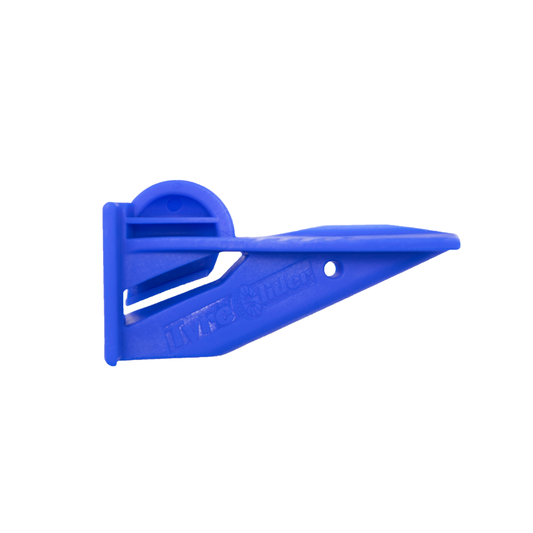ree-uh-tach
Verb, Noun
To reconnect a chain or other bike component.
Example usage: I had to re-attach the chain link after it came off.
Most used in: Mountain biking and road cycling.
Most used by: Experienced cyclists.
Popularity: 8/10
Comedy Value: 4/10
Re-Attach: What Does It Mean in Cycling?
Re-attach is a term used in the context of cycling and refers to when a cyclist needs to re-attach a tire to a wheel rim after a flat tire. This can be done with a tire lever, a device used to remove and re-attach a tire from a wheel rim. It is important to understand this process and the tools involved in order to be a safe and competent cyclist.
Statistics show that flat tires are one of the most common bike problems experienced by cyclists. According to a survey of over 1,000 cyclists conducted by the Bicycle Product Suppliers Association, flat tires accounted for nearly one-third of all repairs and maintenance. As such, it is important for cyclists to be familiar with the process of re-attaching a tire to a wheel rim.
Re-attaching a tire to a wheel rim can be a tricky process and requires some practice. It is important to remember to use the tire lever to carefully remove the tire from the rim and then re-attach it properly. It is also important to make sure that the tire is secured properly to the rim and that the tire is properly inflated.
In short, re-attach is a term used in cycling when a cyclist needs to re-attach a tire to a wheel rim. This process requires the use of a tire lever and is an important skill for cyclists to understand in order to be safe and competent. Flat tires are one of the most common bike problems faced by cyclists, so understanding how to re-attach a tire is key.
.The Origin of the Term 'Re-Attach' in Cycling
The term 're-attach' was first used in the context of cycling in the early 1900s. This term arose from the development of the safety bicycle, which was created in the late 1800s in England. The safety bicycle was designed to have two sets of pedals and a chain, which were connected to the rear wheel. This setup enabled riders to attach the pedals to the wheel, and then re-attach them when needed.
The term quickly gained popularity and spread throughout the cycling world. By the mid-1900s, the term was used in a variety of cycling contexts, including road, mountain, and BMX racing. Today, the term is widely used by cyclists of all levels and is an essential part of cycling culture.












